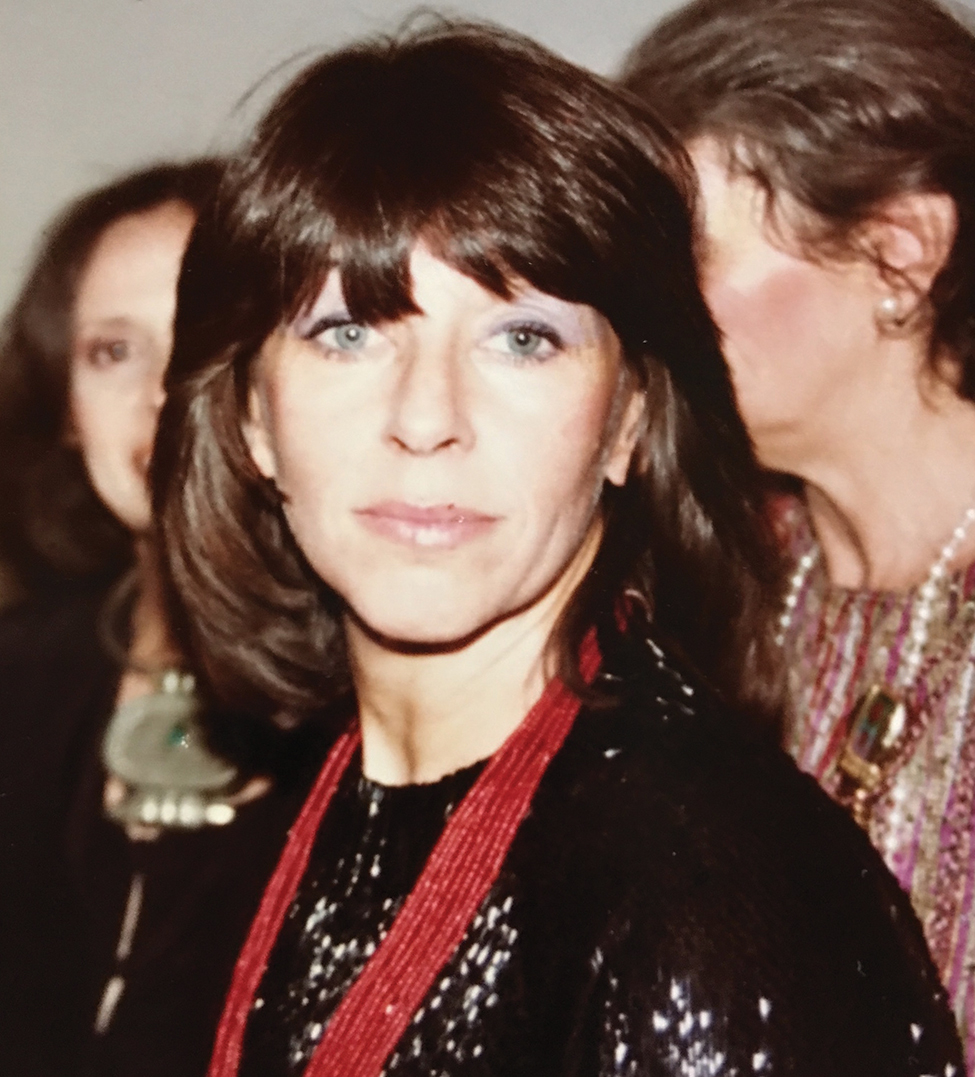15 Minutes with Richard Wright

By GINNY VAN ALYEA
Wright has become the premier auction house specializing in modern and contemporary design in just over a decade. The visionary behind it all, Richard Wright is constantly thinking about new ways to develop his program and showcase design to the world, including introducing some gallery-like programs, such as living contemporary auctions. Wright actually began his career on the ground level of the gallery scene in 1986 and worked his way up, with stints along the way at antiques malls, markets and at Tradeway Gallery in Oak Park. He opened Wright in 2000 and since then, the auction house has sold nearly 20,000 lots across the spectrum of 20th-21st century design, making the action house an international resource for collecting modern design. A devotion to design drives what Wright personally does and what the auction house constantly strives to be. Wright says he’s proud of how the auction house has been able to evolve, and he enjoys the process of changing and growing, saying he doesn’t do any of it quickly, but he does do it consistently. -GV

CGN: What do you think the line is between art and design, if any?
RW: I think there is a natural connection between art and design. In our very first action we mixed in little bit of fine art at the time, because it fit well. Since them, we’ve sold sculpture by the designer Harry Bertoia, for instance. The line starts to blur when you look at the work of certain artists, and we’ve made the evolution ourselves of what we feature over time.
How did you become interested in contemporary art?
I’ve been increasing and improving my own knowledge of contemporary for a while – I’m really self-taught. Since about 2005 I started looking seriously at art and began to learn, but to be totally honest, I was intimidated by fine art for a long tome. With design, people immediately feel comfortable with it, and they most often have an opinion about a piece because they can experience it and see if it’s functional, what it looks like, and so on. It can be much harder to get an honest, direct opinion about contemporary art. I started learning by going to art fairs, museums, and other auctions. I read a lot and tried to start with basics.
I’m drawn to area of the art market I can play with. There’s a natural alignment with sculpture and something about the 3-D aspect that’s a good fit. I like art that is smart, undervalued, but not necessarily high-flying. I like art that I think is accessible.
Wright started out as an auction house in the traditional sense, offering historically important design pieces. Recently it has offered ‘living’ art – art that’s of now – through Wright 21. What led you to start commissioning work by living artists, such as Arik Levy?
Wright 21 is definitely project-based rather than something that’s ongoing, like a dealer/artist relationship. There are clear benefits for both the artist, as well as the auction house in working together this way. The engagement we have with living designers on a personal level – it’s just fun. It’s also taught me a lot about the design process. There’s a learning curve. At a market level there’s still a sorting out of where and how contemporary design is going (everyone hates the term ‘design art’ but I’ll use it here), but as an auction house we think we’ve done the right thing to engage on more of a gallery level with designers today.
There is of course a difference between the primary and secondary markets, so we try to be respectful of the primary market but also elevate it in a good way. I don’t want to overstate it, but the backdrop of the recession has had a dampening effect on the primary market, so this takes some time.
Wright’s spring 2012 Living Contemporary auction features work by artists such as Sam Francis and Edward Burtynsky, as well as furniture designed by Willy Daro and Gio Ponti. You’ve also planned a selection of Graffiti Art from the 1980s, which everyone seems to be revisiting these days. How do you see 80s Graffiti Art fitting in with design pieces by Eames and Noguchi?
We’ve developed a category where we nod to our hybrid offering of design and art. We’ll show some interesting art we believe in alongside furniture pieces we think go with it. We don’t pair just stuff. Whether a buyer literally takes the whole package isn’t really the point, but the matches again are about breaking down a resistance - you can engage with both worlds. It’s a cool little market for us.
For this latest auction, if you step outside of big 80s names, like Basquiat and Haring, thee are also some affordable price points.

Wright is a global auction house, but do you see any significance to being based in Chicago?
Honestly, Chicago’s been very good to us – we are in a central point [in the country] and we can afford a big facility here. We couldn’t be at this level in New York, so Chicago is great for us. In New York, if you can’t play at the highest level, you might as well be out. Chicago also has a good design image. There is strong architecture, ad a general sort of positive feeling here. I’ve struggled at times because of a lack of a local market, but I have come to see other strengths and it’s been a good fit for the brand.
Do you have any advice for collectors or art enthusiasts who may still be unfamiliar with the action world as an art resource?
Action houses as resources are underappreciated. All auction houses, and certainly Wright, are here to educate people. When people come here to a preview, they can see things, sit in them, really try them out. It’s all part of the learning process. There’s also something appealing about the market factor for people, since they can see a firm price that someone has paid, as well as enjoy the spectacle or wilder side of auctions. Auction house websites themselves are a great resource – type something in our search fields and you can see anything we’ve ever sold – it’s a free resource of market knowledge.
Beginning collectors can be intimidated by auctions. They might think of stereotypes where you scratch your nose and end up buying something by mistake. Really, even if you’re just starting out, auctions are great places to go and learn. Galleries do this too, but auction houses by their nature handle so much stuff. They’re a little more comprehensive because they are reviewing and taking in a lot. They’re a great place to learn. I love going to New York for the big sale previews. You cans see amazing art! You can actually take art off the walls and really look at it. If you have a question, it will be answered by an expert. That access is invaluable.
Wright Auction House
1140 W Hubbard (60642) • (312) 563-0020
View auction details at Wright20.com






